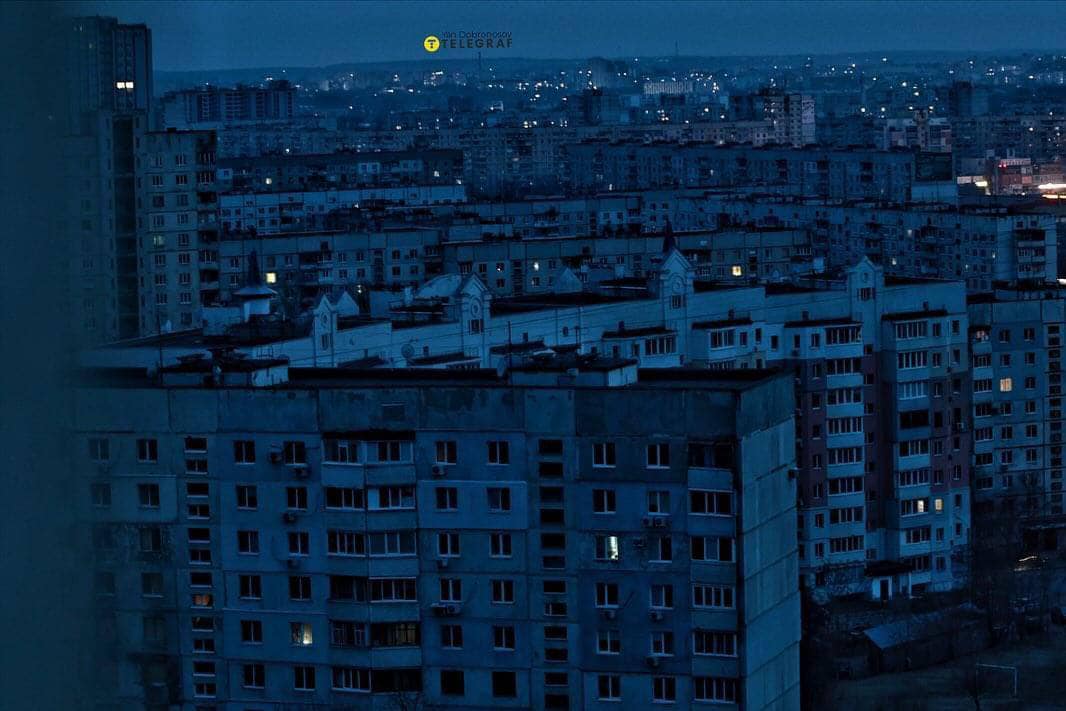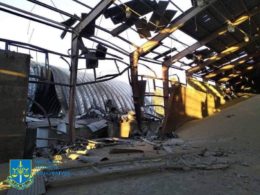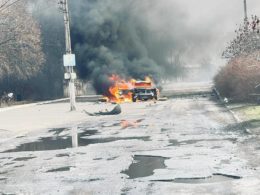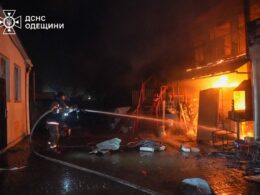The Economist reported on 7 April, citing the Ukrainian military source, that Russian increased trikes on Kharkiv aims to make the city a “grey zone,” uninhabitable for civilians.
Russia has stepped up its bombardment of Kharkiv since December, with the city receiving more ballistic missiles than at any time since the war's start. According to the Economist, drone assaults have become more frequent, flying faster and higher and featuring a carbon wing-coating that makes shooting them down harder.
The March 27th attack on 23rd August Street, which marked the first use of a glide bomb against Kharkiv, is described as a pivotal moment. Kharkiv's mayor, Ihor Terekhov, said to the economist that the city has no intention of giving up, despite the recent escalation in tactics, including "double-tap" strikes (repeated shots on the same position)
The Economist reports that a Ukrainian source said Russia is training six divisions (approximately 120,000 troops) in eastern Siberia. President Volodymyr Zelenskyy also said Russia would mobilize a further 300,000 in June.
While taking Kharkiv would be a tall order for Russia, according to experts in the report, the fear remains that the Russians will turn nastier when they realize they can't get what they want. "They won't be able to take Kharkiv, but destroy it—perhaps," says Denys Yaroslavsky, a local businessman turned special-forces reconnaissance commander.
The Economist reported that despite the dangers, civilians continue to live in Kharkiv “with families walking in the city's central park and children playing football next to military facilities.” The city has started building underground schools
.
However, the local authorities reported earlier about the consideration of ordering a mandatory evacuation from the northern parts of Kharkiv Oblast, which face relentless daily Russian shelling,
“We are currently considering the issue of forced evacuation from the northern parts of the Kharkiv region, specifically the Kharkiv and Bohodukhiv districts. We will likely make a decision even for those settlements located further from the Russian border but still under fire. This is because the Russians have begun targeting populated areas that were not hit even a month ago,” Kharkiv Oblast head Oleh Syniehubov said, adding that the mandatory evacuation from 18 settlements in the Kupiansk direction in the Kharkiv Oblast was just completed.
Read also:
- Over 215K consumers have no electricity in Kharkiv due to Russian attacks on critical infrastructure
- Zelenskyy: Ukraine needs more Patriot systems to protect Kharkiv, other cities





